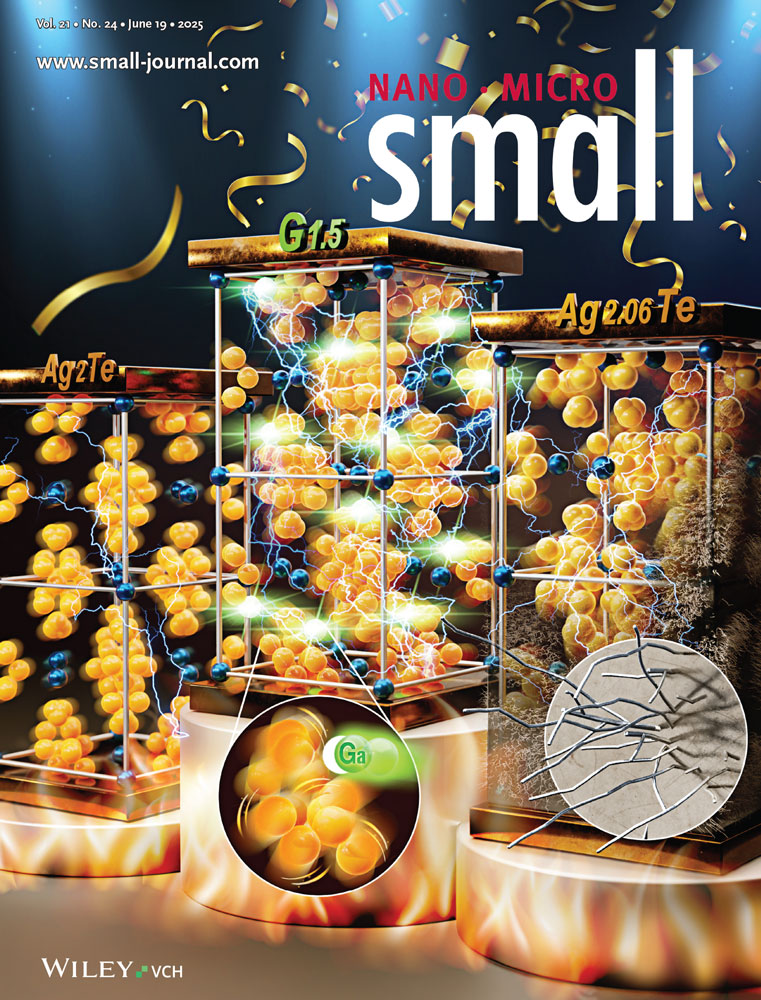P-N Series Integrated Ionic Thermoelectric Generator Based on Cation/Anion-Selective Hydrogels for Body Heat Harvesting
Abstract
Low-grade heat accounts for a significant portion of the heat, but is often overlooked and not utilized. Ionic thermoelectric generators (i-TEGs) are an ideal choice for harvesting low-grade heat due to their simple design and operation. However, challenges such as ion mobility regulation and the need for series integration still hinder their performance. In this work, an interesting approach is introduced to improve the thermoelectric efficiency of i-TEG by utilizing ion-selective hydrogels containing sodium chloride (NaCl). The anionic polymer in the cation-selective hydrogel is attractive to sodium ions, while the cationic polymer in the anion-selective hydrogel is attractive to chloride ions. This regulates the thermal mobility of ions in the hydrogel without polymer modification or the addition of some additives, thus enhancing or changing the Seebeck coefficient (S). By connecting 12 pairs of the P-type and N-type i-TEGs, a voltage of 1.54 V and an output power of 21 µW can be achieved on the surface of the body skin. This work opens a new horizon for obtaining high-performance i-TEGs through ion mobility regulation by ion-selective hydrogels, and highlights the prospect of P-N series integrated i-TEGs from hydrogels for body heat harvesting.
Conflict of Interest
The authors declare no conflict of interest.
Open Research
Data Availability Statement
The data that support the findings of this study are available from the corresponding author upon reasonable request.




